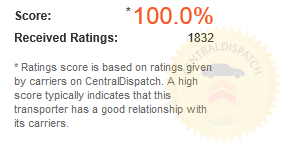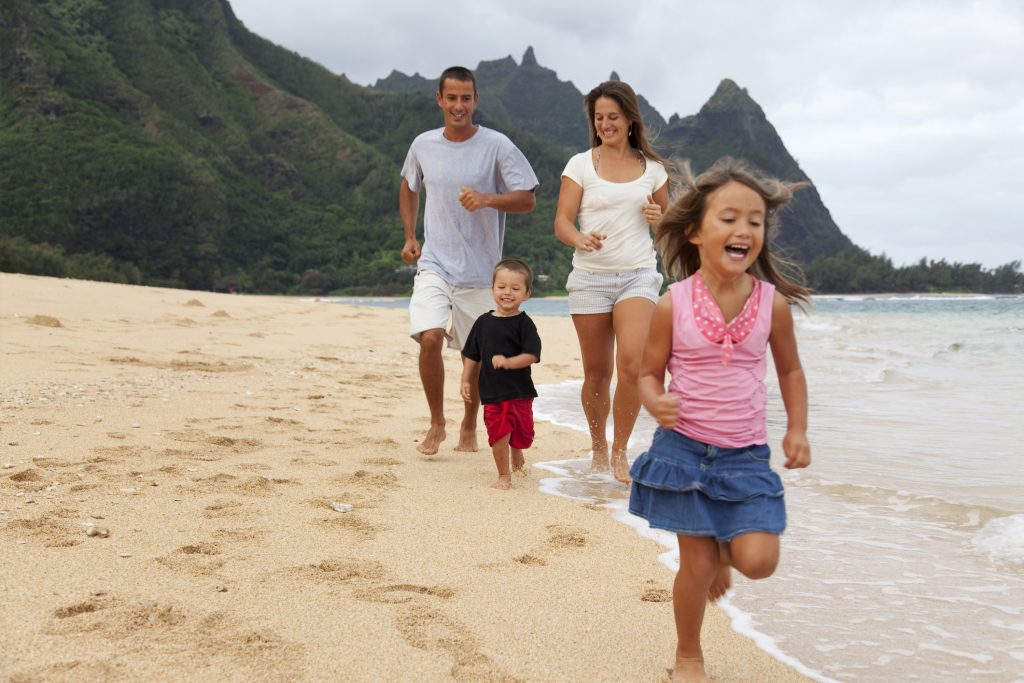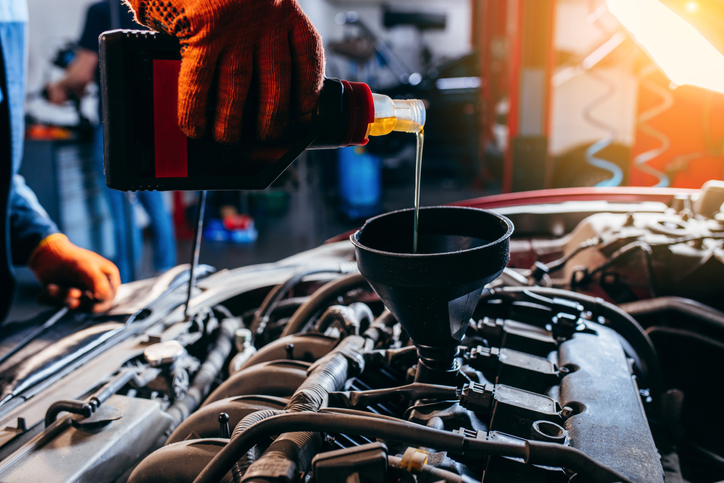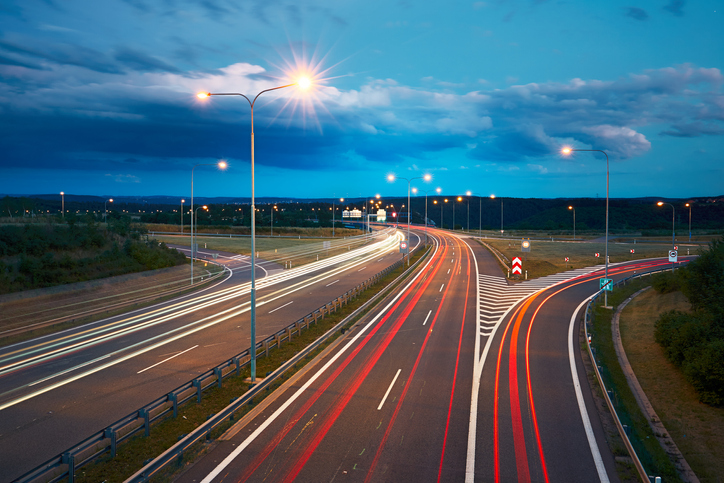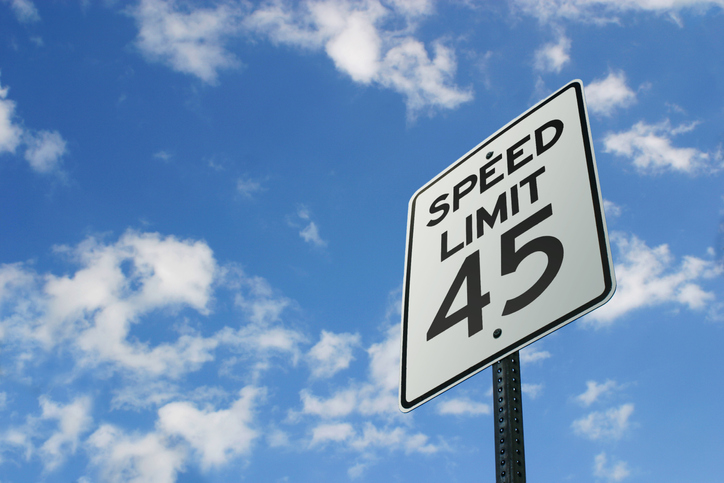One of the biggest logistical challenges when moving to or from the Hawaiian Islands is choosing auto shipping companies to transport your vehicle. Researching the Hawaii car shipment port options and procedures will make the entire process smooth and straightforward. Reputable shipping companies cover everything you need to know about transporting your motorcycle, vehicle, boat, and heavy equipment to or from the beautiful Hawaiian islands, from port locations to preparation requirements.
Hawaii Car Shipment Port Options and Services
Major ports handle vehicle shipments on the Hawaiian islands. Each port offers specific services and capabilities for handling different types of vehicles and shipping needs. The right port for your shipment depends on your origin or destination on the mainland and your final location in Hawaii.
Major Ports in Hawaii
Hawaii features five primary ports that serve as gateways for vehicle shipping to and from the islands:
- Honolulu Port (Oahu): As the largest and busiest Hawaii car shipment port, Honolulu handles the majority of vehicle shipments to and from the islands. This port features state-of-the-art facilities and offers the most frequent sailing schedules from major West Coast ports like Los Angeles, Oakland, and Seattle.
- Hilo Port (Big Island): Located on the eastern side of the Big Island, Hilo Port provides convenient access for residents and visitors to this region. While not as large as Honolulu, this port offers regular service and is an excellent option for those on the east side of the island.
- Kahului Port (Maui): Serving as the primary port for Maui, Kahului offers regular vehicle shipping services. This port is ideal for those relocating to or visiting Maui, providing a direct route that avoids the need for inter-island transport.
- Kona Port (Big Island): Situated on the western side of the Big Island, Kona Port serves residents and visitors on this side of the island. It provides an alternative to Hilo for Big Island shipments.
- Nawiliwili Port (Kauai): This port serves the island of Kauai with regular vehicle shipping services, allowing direct transportation to this beautiful island.
Find all the information on shipping a car from Hawaii, including current port procedures and transit times.
Types of Auto Transport Services Available
The Hawaii car shipping services available include multifaceted options to meet different needs and budgets:
- Port-to-Port Service: This standard service involves dropping your vehicle off at the departure port on the mainland and picking it up at your chosen Hawaii car shipment port. This option typically offers the most affordable rates for those who can handle transportation to and from the ports themselves.
- Door-to-Port Service: With this convenient option, your vehicle is picked up from your mainland location and delivered to your selected Hawaii car shipment port. This service eliminates the need to transport your vehicle to the departure port yourself.
- Port-to-Door Service: For those shipping from Hawaii to the mainland, this service includes picking up your vehicle at the Hawaii port and delivering it directly to your mainland address.
- Door-to-Door Service: The most comprehensive option provides complete transport from your origin address to your destination address. While this service comes at a premium, it offers maximum convenience for busy individuals.
Ship your vehicle with confidence by registering and passing the required safety inspections for Hawaii auto transport.
Ocean Freight vs. Air Freight Options
Ocean freight is the standard method for shipping vehicles to Hawaii for these practical reasons:
- Ocean Transport: The vast majority of Hawaii car shipping is done via specialized vehicle transport vessels. These ships are designed specifically for safely transporting vehicles across the Pacific Ocean. Ocean transport offers the most cost-effective option and can accommodate virtually any type of vehicle, from standard cars to oversized equipment.
- Air Transport: While technically possible, air freight for vehicles to Hawaii is extremely rare due to prohibitive costs. This option might only be considered for extremely valuable collectible cars or when time is absolutely necessary.
- Shipping Container Options: Vehicles can be shipped either on specialized auto decks inside the vessel or in enclosed shipping containers. Container shipping provides additional protection but comes at a higher price point.
Check port availability and the current sailing schedule before planning your Hawaii vehicle transport.
Step-by-Step Vehicle Shipping Process
Understanding the Hawaii auto transport process from start to finish helps ensure a smooth experience when shipping your vehicle. The process involves these important steps that should be followed carefully for a successful transport:
Required Documentation and Paperwork
Proper documentation is essential for a smooth Hawaii car shipment. The required documents include important items that must be prepared in advance:
- Proof of Ownership: You must provide the original title and current registration for your vehicle. If the title shows a lien, additional documentation from the lien holder is required.
- Photo Identification: A government-issued ID matching the name on the vehicle title is required.
- Authorization Documents: If the registered owner cannot be present, a notarized authorization letter is required. Similarly, if two owners are listed on the title, both must be present or provide authorization.
- Lien Holder Authorization: For financed or leased vehicles traveling from Hawaii to the mainland, you must obtain a letter from your creditor/lessor authorizing the shipment. This letter should be on official letterhead and explicitly permit the vehicle to leave Hawaii.
- Shipping Order: You’ll complete a shipping order form that includes details about your vehicle and preferred shipping dates.
Vehicle Preparation Guidelines
Preparing your vehicle properly for shipping to or from Hawaii car shipment port locations is important. Follow these guidelines to confirm your vehicle is ready for transport before contacting a shipping company:
- Vehicle Condition Requirements: Your vehicle must be in safe operating condition with working brakes, steering, and transmission. No leaking fluids are permitted. Tires must be properly inflated. All windows must be intact. For convertibles, the top must be properly installed and secured.
- Fuel Requirements: The gas tank should be no more than 1/4 full. This safety requirement is strictly enforced at all ports.
- Cleaning Requirements: The exterior of your vehicle must be cleaned and washed for thorough inspection before shipping.
- Personal Items: No personal items are allowed in the vehicle during shipping. This includes clothes, luggage, boxes, or any items not permanently attached to the vehicle. Exceptions include infant car seats (secured), spare tires with jacks, jumper cables, and floor mats.
- Alarm Systems: If your vehicle has an alarm system, you must provide the remote or disconnect the alarm before shipping.
Port Delivery and Pickup Procedures
The process for dropping off and retrieving your vehicle at Hawaii car shipment port locations comprises several basic processes that should be followed carefully:
- Drop-Off Procedure: Most terminals require appointments for vehicle drop-off at least 24 hours in advance. All required documents must be submitted and confirmed before scheduling. Upon arrival, your vehicle will undergo inspection to document its condition. You’ll receive a condition report and shipping documentation.
- Pickup Procedure: Once your vehicle arrives at the destination port, you’ll be notified. Bring proper identification and any required documentation. Complete a final inspection of your vehicle before accepting delivery. Sign the final delivery receipt acknowledging receipt of your vehicle.
- Port Hours and Scheduling: Most Hawaii car shipment port facilities operate Monday through Friday, typically from 8:00 AM to 3:00 PM. Planning around these hours is essential for smooth delivery and pickup.
Cost Factors and Shipping Considerations
Different pricing elements affect the cost and timing of shipping a vehicle to or from Hawaii. Going over these factors beforehand helps you plan effectively for your auto transport needs:
Average Shipping Rates by Island
Shipping rates vary based on multiple important procedures, including origin or destination ports, vehicle size, and service type:
- Oahu (Honolulu): As the main hub for Hawaii car shipping, Honolulu typically offers the most competitive rates. Shipping from the West Coast to Honolulu generally ranges from $1,000 to $1,500 for standard vehicles.
- Maui (Kahului): Shipping to Maui may cost slightly more than Honolulu, with typical rates from the West Coast ranging from $1,100 to $1,600.
- Big Island (Hilo/Kona): Expect similar rates to Maui, though shipping to Kona may incur additional costs compared to Hilo due to logistics.
- Kauai (Nawiliwili): Shipping to Kauai generally falls within the same range as Maui and the Big Island.
- Mainland Origin Impact: Shipping from the West Coast (especially Los Angeles, Long Beach, Oakland, or Seattle) offers the most frequent sailings and competitive rates. East Coast origins typically require overland transport to West Coast ports first, increasing total costs.
Protection Measures and Security
Vehicle protection during transport is a top priority for Hawaiian car shipping services that maintain high standards for vehicle care:
- Vehicle Inspection: Thorough documentation of your vehicle’s condition before shipping provides important protection. This includes noting any existing damage.
- Shipping Methods: The two primary shipping methods offer different levels of protection.
- Open Car Shipping: This is a standard method in which vehicles are secured on open decks within the vessel. It is cost-effective while still providing good protection.
- Enclosed Car Shipping: A premium option that provides maximum protection from the elements during ocean transit. Recommended for luxury, classic, or high-value vehicles.
- Port Security: All Hawaii car shipment port facilities maintain strict security measures to protect vehicles throughout the shipping process.
Seasonal Timing and Peak Periods
Timing can significantly impact your Hawaii car shipping experience and should be considered when planning your transport:
- Peak Seasons: Summer months (June-August) typically see the highest demand for Hawaii car shipping services, potentially resulting in higher rates and limited availability.
- Off-Peak Advantages: Shipping during spring (April-May) or fall (September-October) often provides more favorable rates and greater scheduling flexibility.
- Holiday Considerations: The period between Thanksgiving and New Year’s often experiences increased demand and reduced port operations, requiring additional advance planning.
- Sailing Schedules: Ships typically depart from Los Angeles on Saturdays, Oakland on Wednesdays, and Tacoma on Sundays. From Honolulu, departures to the mainland typically occur on Fridays.
Hawaii Car Transport: Your Hawaii Car Shipment Port Specialists
At Hawaii Car Transport, we specialize in vehicle shipping to and from all Hawaiian islands, offering comprehensive port services that provides stress-free transportation. With decades of experience in the Hawaii car shipping industry, we have developed unmatched expertise in navigating the unique requirements of Hawaii car shipment ports. Our team masters the specific procedures at each port location, including Honolulu, Hilo, Kahului, Kona, and Nawiliwili.
We stand out through our customer service focused approach, transparent pricing, and real-time online vehicle tracking that keeps you informed at every stage of the shipping process. Our service options include port-to-port, door-to-port, and complete door-to-door transport to accommodate different needs and budgets. Our dedicated team of shipping specialists provides personalized attention to each shipment, estabishing your vehicle arrives safely at its destination.
For an instant quote tailored to your specific vehicle and route, visit our online calculator or call (808) 445-6695 to speak with a shipping specialist who can guide you through each step of the Hawaii car shipment port process.
Frequently Asked Questions
Who ships cars to Hawaii?
Vehicle shipping services that specialize in ocean transport handle car shipments to Hawaii. These specialized auto transport companies have established relationships with major shipping lines that operate regular routes between West Coast ports and all major Hawaiian ports.
How do they ship cars from Hawaii?
Cars are shipped from Hawaii using specialized vehicle transport vessels that depart regularly from all major Hawaiian ports. The shipping process involves dropping off your vehicle at the port, where it’s loaded onto a ship, secured for ocean transit and then transported to your chosen mainland destination port.
Can people from Hawaii get their cars to the mainland?
Hawaiian residents can definitely ship their vehicles to the mainland through port-to-port or port-to-door services. The process works in reverse from mainland shipping, with vehicles dropped off at Hawaiian ports like Honolulu, Hilo, Kahului, Kona, or Nawiliwili, then transported to west coast ports such as Los Angeles, Oakland, or Seattle, with optional delivery to any mainland address.
Is it worth shipping your car to Hawaii?
Shipping your car to Hawaii with an auto transport company is often worth the investment when compared to the cost of purchasing a new or used vehicle on the islands. The convenience of having your familiar vehicle, avoiding the typically higher car prices in Hawaii, and saving the time and effort of finding a replacement make shipping a practical choice for many relocating to the islands.

